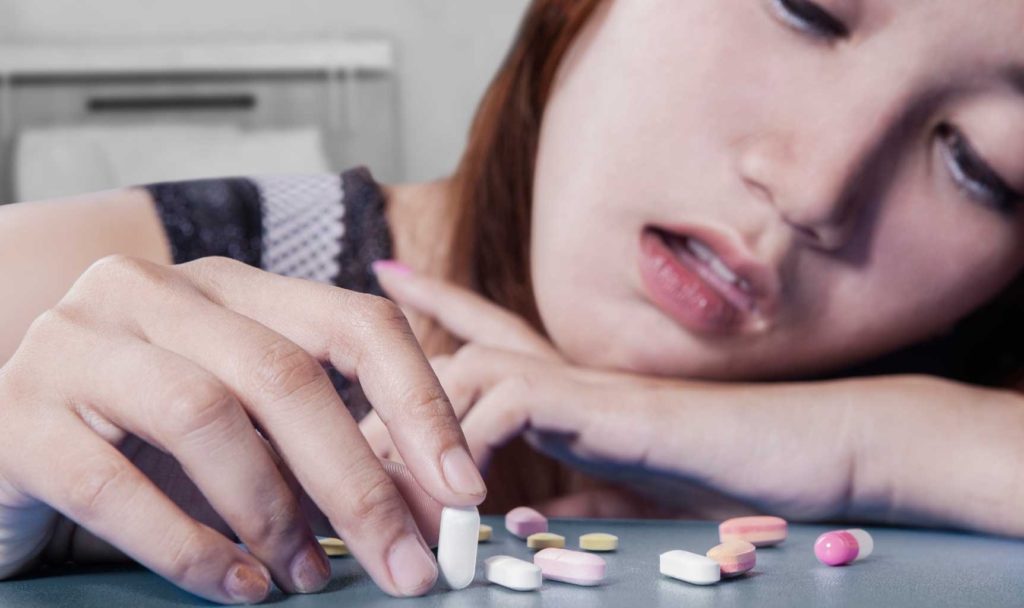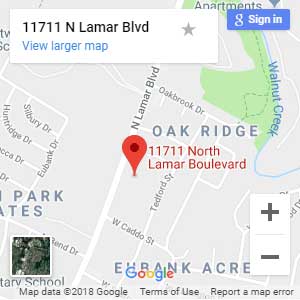Prescription Drug Use
And its Effect on Children
Table of contents
Substance Abuse Disorder is a medical condition that characteristically impairs the person taking a drug from regulating their use of it. This is oftentimes in the face of very detrimental personal, professional, and health benefits.
The National Center for Drug Abuse Statistics reports that nearly 12 percent of individuals aged 12 and older surveyed reported having used an illicit substance in the past year. Despite this, only one in seven were reported to have sought professional help, like at a rehabilitation facility such as Nova Recovery Center in Austin, TX. Almost 47 percent of teenagers in the 12th grade surveyed reported that they had tried marijuana or tobacco at least once, and nearly two-thirds had used alcohol.
The Mechanism of the Decease
Drugs act on the same reward pathways in the brain that are commonly associated with hunger and sex (i.e. pleasure responses). However, drugs impact the effect of dopamine, the neurotransmitter involved in these processes, significantly more than natural. Despite this medical understanding of the mechanisms of addiction, the disease still faces a lot of stigma in the United States, with a significant lack of education about the disease and access to care.
Add to this the fact that tolerance to the drug increases with consistent use, meaning that users have to take ever-increasing amounts of the drug to feel the same effects. This, when combined with the withdrawal symptoms that users feel when they stop taking the drug, leads to many people being trapped in a cycle where it is incredibly difficult to break free of addiction without intervention.
Prescription drug use, specifically, was responsible for over 16,000 overdose deaths in the U.S. between 2019 and 2020, according to the National Health Institute. In that previous survey, nearly 24 percent of teens reported taking an illicit prescription drug.
What are Prescription Drugs?
Prescription drug abuse disorder refers to the continued misuse of legally prescribed medication. These abuse disorders can be resolved by intervention and treatment at a specialized facility, such as the Briarwood Detox Center. The three most commonly misused drugs are:
- Opioids function similarly to morphine and are extremely addictive. They are commonly used to treat extreme pain. Examples include Oxycontin, Percocet, and Norco. Common signs of opioid abuse can include digestive problems, vomiting, disorientation, drowsiness, and poor coordination.
- Sedatives, which are commonly used to treat sleep disorders might be abused by teens who are self-medicating. Examples of sedatives include Xanax Valium and Ambien. Side effects of sedative use can include fatigue, confusion, a lack of coordination, slurred speech, and memory problems.
- Stimulants are usually used to treat attention problems and sleep disorders. Examples include Ritalin, Concerta, Adderall XR, and Dexedrine. Stimulant abuse, particularly in conjunction with cocaine, can cause paranoia, high fevers, and arrhythmia.
Why do children abuse prescription drugs?
While there are a variety of factors that affect drug use, the following are the most likely:
- Peer pressure, or wanting to fit in.
- A lack of awareness about the risks of abuse.
- Self-medication for a mental health issue.
- Ease of access
- A misconception that pain killers are not addictive.
Educating your child about the dangers of prescription drug misuse is the first preventative step. If they are suffering from an addiction, joining a program at Briarwood Detox Center might be the first step toward recovery.
At Briarwood Detox Center our licensed treatment professionals are trained to recognize and treat the symptoms of alcohol withdrawal. They provide 24/7 support and administer medication as needed to ensure your comfort and success in detox.
Our counselors and recovery specialists also offer emotional support as you experience the difficult emotions and cravings that come along with the alcohol withdrawal process. Research has shown that immediately after detoxing, a person is at high risk for relapse. [2] To address this risk, we will help you manage the discomfort and prepare you for additional treatment in a residential rehab or intensive outpatient rehab so that you can continue with your recovery in a supportive space. Once you’ve completed an alcohol detox program, our staff will provide referrals to rehab programs that will give you the best chance at achieving sustained, long-term sobriety.
If you’re ready to get help with overcoming your alcohol addiction, we offer alcohol detox programs in Austin and Houston. Call (888) 857-0557 to speak with an admissions representative or contact us online today.
References
- https://nida.nih.gov/publications/research-reports/misuse-prescription-drugs/overview
- https://www.mayoclinic.org/diseases-conditions/prescription-drug-abuse/symptoms-causes/syc-20376813
- https://www.samhsa.gov/homelessness-programs-resources/hpr-resources/rise-prescription-drug-misuse-abuse-impacting-teens
- https://store.samhsa.gov/sites/default/files/d7/priv/sma12-4676b1.pdf
Break Free From Your Addiction Today
(in 3 easy, confidential steps)

Verify your insurance
Complete our fast, free, and easy verification process over the phone to determine the extent of your insurance coverage.

Make an informed decision
We will provide personalized placement recommendations based on your insurance, treatment needs, financial situation, and schedule.

Contact us
Call (888) 857-0557 or fill out our online form for a free and confidential personal consultation with an admissions specialist.








